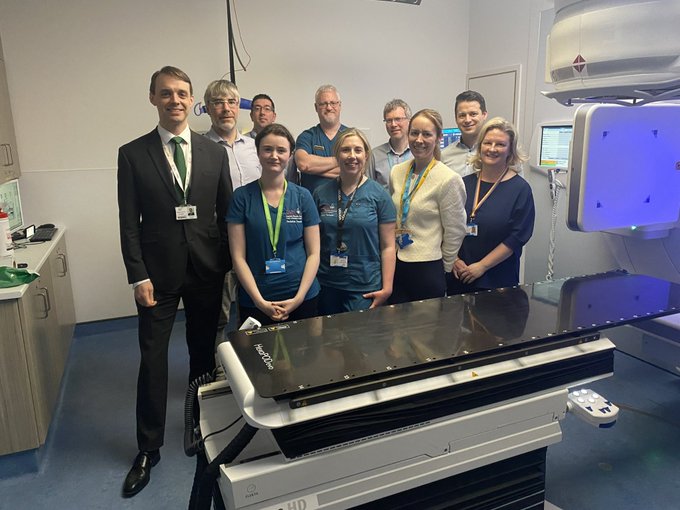Latest News_
As the summer holidays are fast approaching, Neville Hotels offers a selection of must-do packages in its hotels for families to enjoy this summer. Whether you're seeking adventure, relaxation, or quality time together, a range of exciting deals await you.
Nestled in the picturesque South Dublin suburb of Killiney, Fitzpatrick Castle hotel is delighted to reveal the addition of a third state-of-the-art padel court on its hotel grounds.

















